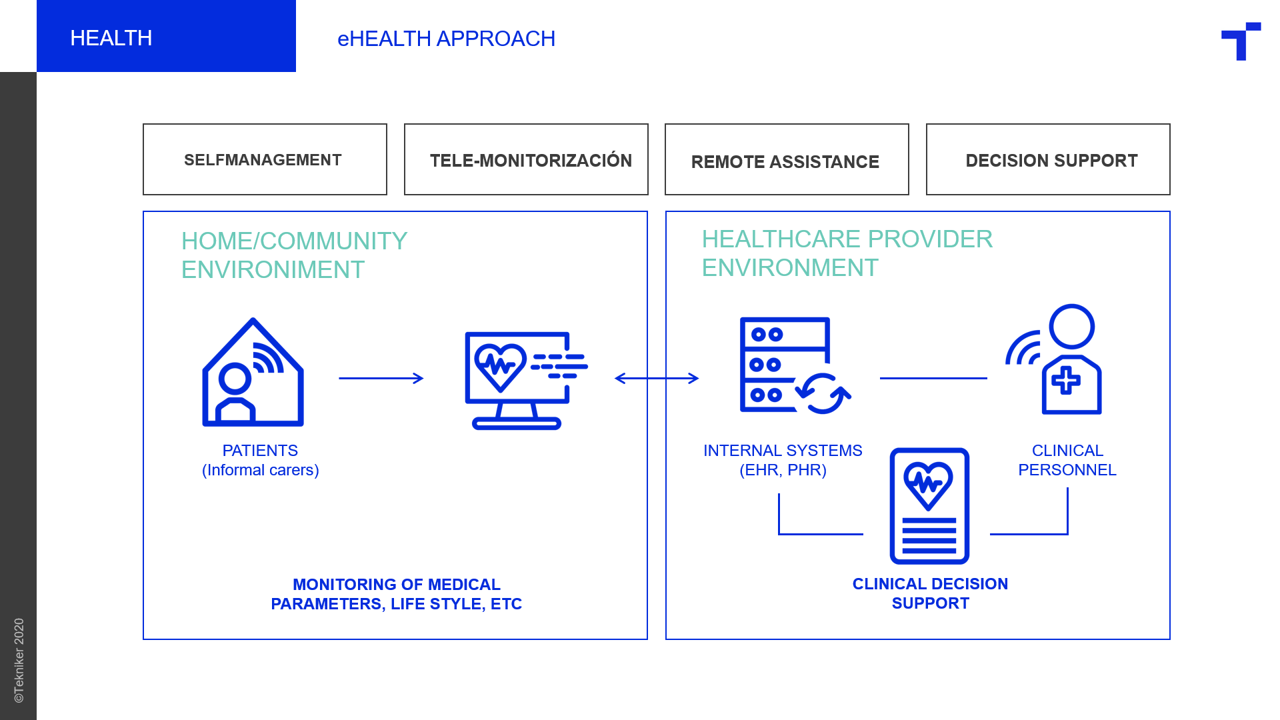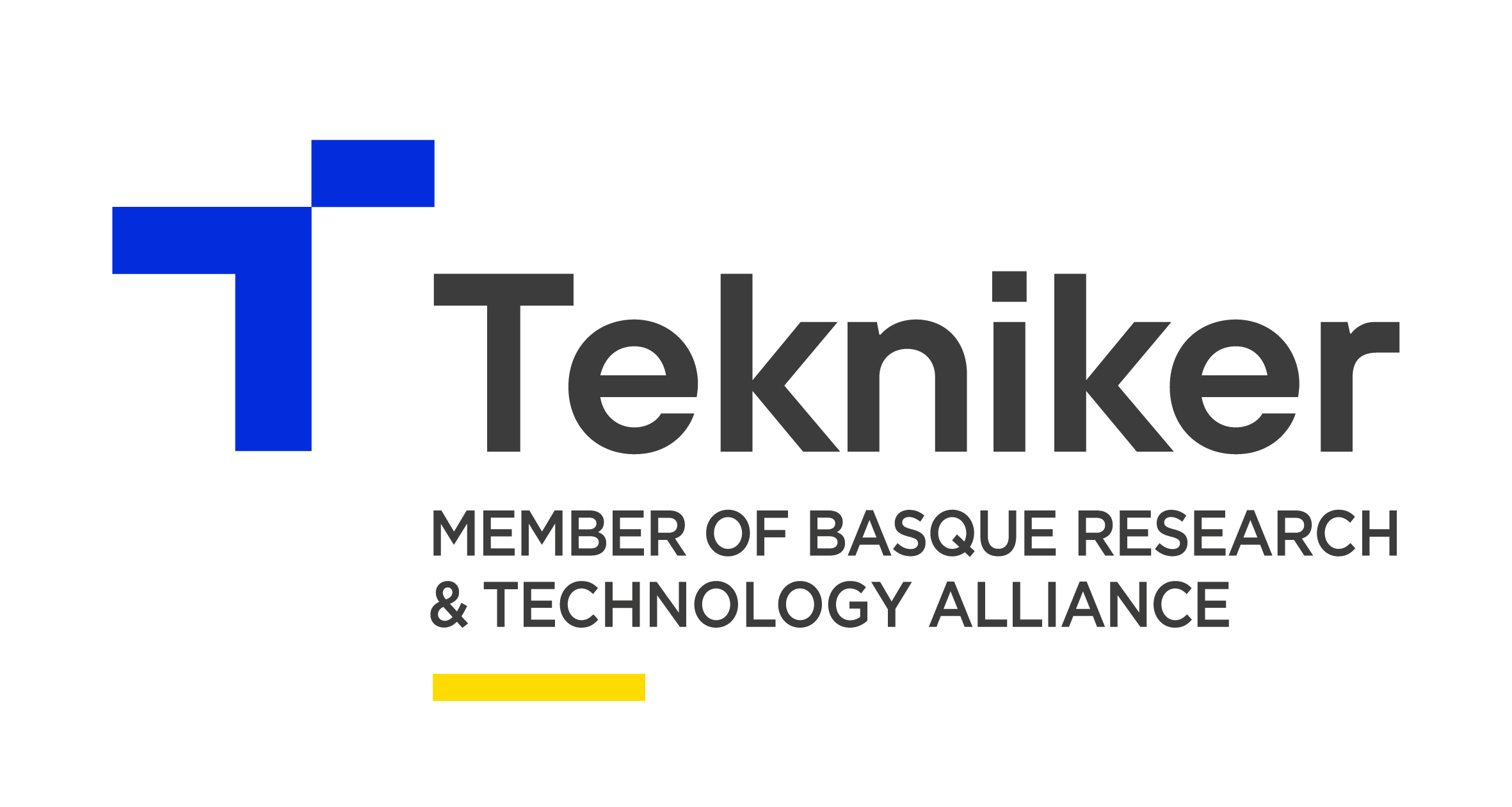NAME Paziente kronikoak kudeatzeko plataforma.

Gaixo kronikoak ahalduntzeko eta urrutitik maneiatzeko plataforma. Ezaugarriak: - Hezkuntza eta esku-hartzea (ariketak). - Neurri subjektibo eta objektiboak monitorizatzea. - Jokabideak identifikatzea eta arrisku-egoerak aurreikustea. - Erabaki klinikoan laguntzea. - Osasun-sistemekin integratzea. - Konfiguragarria, gailu anitzekoa eta lengoaia anitzekoa.
FIELDS OF APPLICATION
Digital health
MOST OUTSTANDING EQUIPMENT AND COMPONENTS
-
Empowerment and remote management platform for chronic patients
Empowerment and remote management platform for chronic patients:
- Patient monitoring module: pending activities associated with the patient in the telecare programme.
- Education module: provides information to patients and educators to increase adherence to treatment and identify early warning signs. It also allows for online psychoeducation exercises.
- Monitoring module: collects information recorded by both the patient and the caregiver. Access to historical records and generation of alarms and notifications.
- Support and interaction module: facilitates access to external content recommended by doctors and provides a space for interaction and exchange of experiences.
SERVICES OFFERED BY THE ASSET
Analysis of idea / product
Initial analysis of the feasibility/opportunity of the idea compared to the state of the art.
Collaboration and co-working (generation of R&D proposals at regional, national and European level)
Search for potential partners for a collaborative proposal.
Pre-clinical validation
Realisation of prototypes for validation in relevant environments.
Proof of concept
Realisation of minimum viable products to validate the functionality of key technologies.
Strategic advice and support in the (co) development of new products or services (evaluation of ideas, specifications, early dialogue and health technology assessment, etc.)
Elaboration of a detailed state of the art on the technologies involved including intellectual property aspects.
ENTITY MANAGING THE ASSET

Contact person:
Patricia Casla Eguia
patricia.casla@tekniker.es